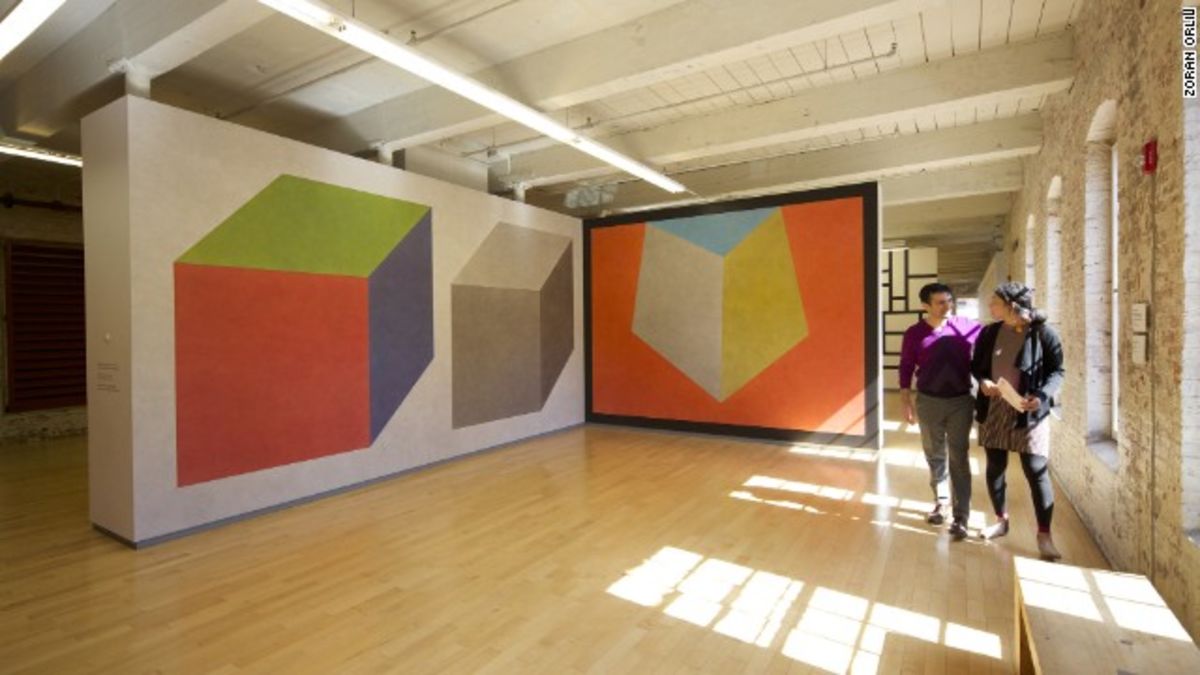

Since launching the scheme 2 years ago more volunteers have come forward, and the outreach volunteering scheme has flourished. The volunteer maintains regular contact with friends at the museum, gets to hear any news and gossip, and they also continue to contribute to the community through their work. It was a simple idea, and it takes some planning and organising but ultimately benefits both the museum and the individual. They assembled work packages that could be completed at home and took them out to the volunteer, collecting and exchanging work packages every 2 weeks. When one valuable volunteer started finding travel too challenging to get to the museum, the team devised a new way of working. The museum has around 60 volunteers, each has their own role according to their skills and interests. The volunteer run Saltash Heritage is a social history museum based in a former shop premises on the steep high street in the centre of town. These organisations are the holders of the town’s identity defiantly Cornish and keen not to be subsumed into the neighbouring city of Plymouth. The town supports 3 small museums and has a memorial garden and blue plaque town trail. Saltash is a small town on the Cornwall and Devon border on the Tamar estuary. The museums impact in rural communities can not be underestimated.


They can also provide a way of building confidence and self-worth through volunteering and identification activities. They offer coffee mornings, reminiscence events, and sometimes just a friendly chat and comfortable environment. So, community museums are crucial for older people facing later life loneliness. People may be able to drive, but the challenge of taking out a car and navigating narrow lanes and parking spaces makes travelling to larger towns more difficult and not to be tackled lightly. In communities like these older people in particular suffer from rural isolation. This access to culture is vitally important in rurally isolated locations that have little public transport. A school visit or work placement in a friendly, welcoming organisation can establish a lifetime’s pattern of cultural engagement. These museums potentially form people’s first route into culture and play a vital role in establishing wider audiences for arts and heritage. If they have space they offer activities such as yoga, art classes and heritage talks. They focus on heritage but provide a richer cultural blend learning sessions will include storytelling and drama, music, drawing and creative writing. These museums usually offer the only access to cultural activity within their locations. These museums must innovate to survive, they have to stay relevant and engage and they do this because they are, first and foremost, community focussed. Many of these museums achieve Museum Accreditation meeting and maintaining national standards, and they are almost entirely volunteer run and managed, self-generating all income required to operate. They might more accurately be called micro museums. The grassroots museums discussed in this paper are located in often isolated rural communities and receive far fewer visitors. The Association of Independent Museums defines small museums as those receiving less than 20,000 visitors a year. ‘Small museums’ is a generic term for what others call community museums, or those museums based in rural locations small towns and villages that receive no regular, core funding. Structure and Content of Leadership Pulse.Access Support for Discover: Your Leadership.Structure and content of Discover: Your Leadership.Structure and content of Emerging Leaders.Structure and Content of the Fellowship.


 0 kommentar(er)
0 kommentar(er)
